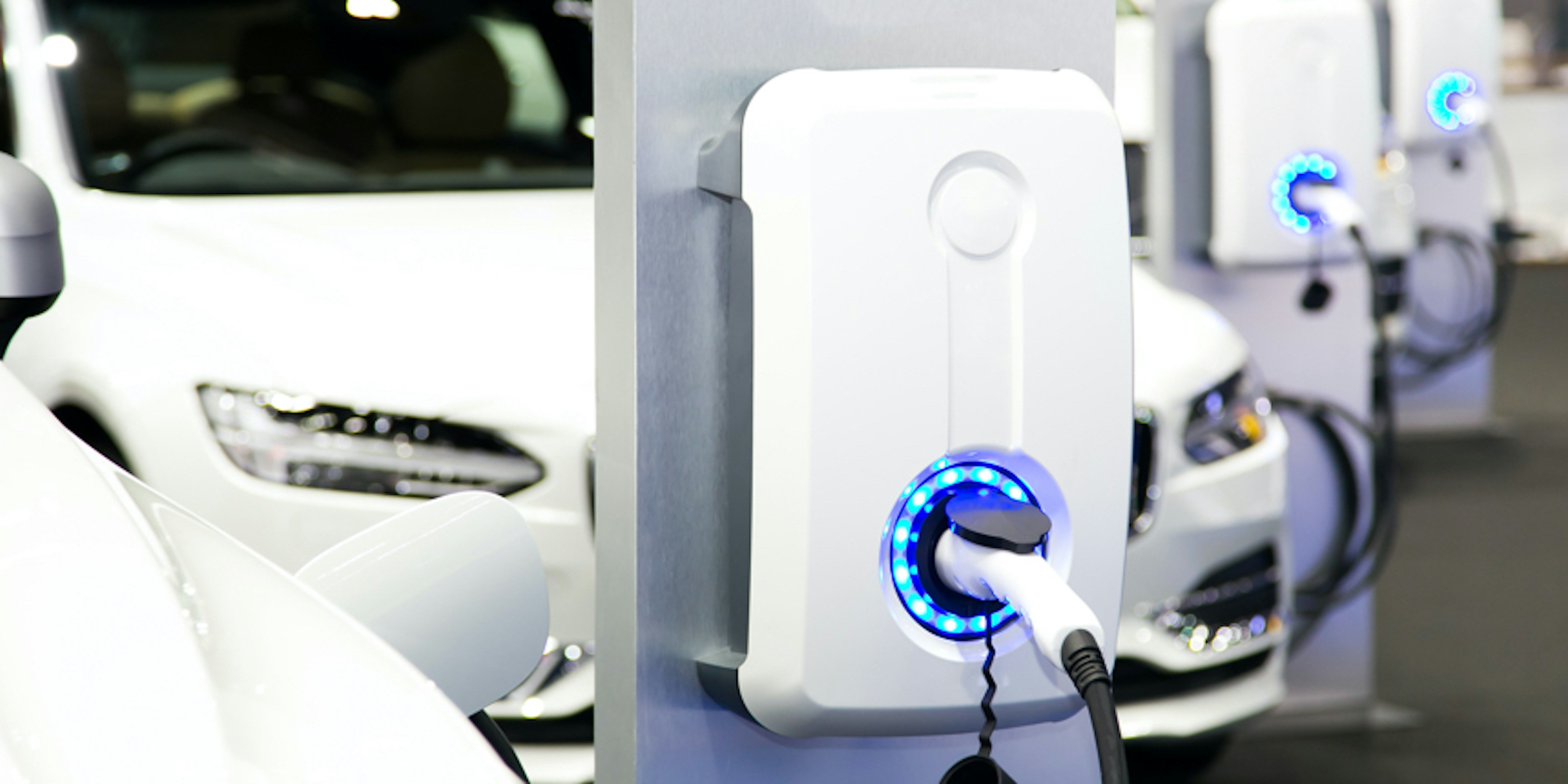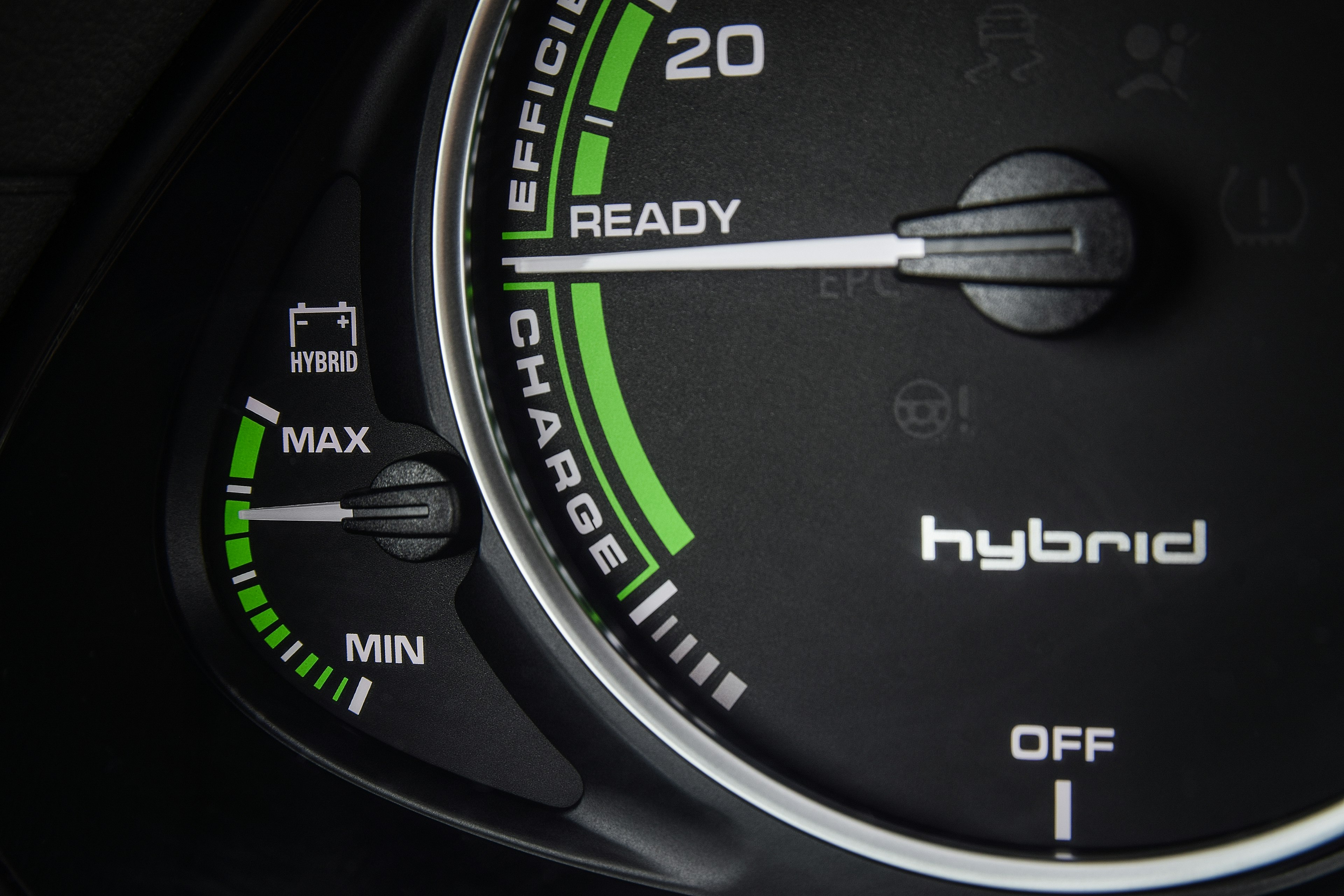If you had to purchase a new furnace for your house, you’d probably invest in a newer model — one that was more efficient, with newer technology that would last. You wouldn’t put the same furnace back in and expect better results.
You should treat your fleet’s garage the same, with an eye toward sustainability and efficiency. Having EVs in your fleet will soon become a reality, if you haven’t started to add them already. Now is the time to install new technologies that are capable of both handling electric vehicles and that are more environmentally sound. Plus, it’s cheaper to install new tech now versus trying to retrofit it later when you’re left playing catch up. And the fact that you have a green garage will be a major selling point in the very near future.
So what’s the best way to go about turning your garage green? Is it just a matter of adding EV charging? From recycling parts to rethinking your lighting solutions, there are numerous ways you can make your garage environmentally friendly. When you invest in a green garage, you’ll get extra monetary incentives, decrease long-term spending and be ahead of the curve when it comes to the future of your fleet.
Add eV charging stations to your garage
With 47 U.S. states and D.C. already holding regulations to promote HEV usage, 40 states providing tax benefits or rebates for HEV purchases and 13 states plus D.C. eyeing adopting cleaner air standards to reduce greenhouse-gas emissions, the writing is on the wall; EVs are here to stay.
The easiest point of green entry for fleet owners, then, is to add charging stations for electric vehicles to your garages. Even if you haven’t yet added EV infrastructure to your fleet, you’ll want to be prepared by housing the technology to support them.
Since EVs have shorter ranges on a battery charge than cars do on a full tank of gas, that means more charging stations will need to be available to keep your fleet running and on schedule. When you have your own charging stations, you’ll never have to worry about where your next vehicle’s charge is coming from.
In addition, fleet management software can help managers determine battery charge levels and resources using real-time data, GPS and more to help fine tune your EV fleet’s charging needs.
Other ways green garages benefit your fleet
While tax credits and other incentives are currently offered for adding EV charging stations, there are other ways in which outfitting your garage to be more sustainable can help your fleet and position you as an environmentally friendly company.
Go paperless. Committing to sustainable practices can boost profits while reducing operating costs. Going paperless with customer communications and marketing materials can save your company the costs of not only printing and distribution, but also time spent searching for lost or missing files.
Update your equipment. Replace outdated shop equipment with more environmentally friendly technology to help save on your bottom line. Even something as simple as installing a smart thermostat can better regulate your shop’s heating and air conditioning, which will reflect as savings on your energy bill.
Get certified. When building new facilities, make sure they can be certified as energy efficient from the ground up. You want your new facilities to be around for a long time. In building them to be energy efficient, you’ll save yourself a lot of money, time and headaches by doing it right the first time, rather than trying to play catch-up five years from now.
Hire specialists. By employing an environmental specialist to lead the charge, you’ll always be one step ahead of the curve and will be viewed as a leader in an electric future. Environmental specialists are paid to identify, assess and fix areas for environmental improvement in your shop. They’ll keep you moving toward the future, giving you a leg up on the competition.
What are the downsides to procrastinating your green garage?
Even if it seems that worrying about sustainability for your fleet’s garage is a long way off, you’ll meet the negative effects of procrastination sooner than later.
- You’ll have a harder time meeting codes and guidelines. To meet preventative maintenance for vehicles, maintenance garages need to also be environmentally responsible.
- By not addressing closed-loop solutions (such as recycling motor oil), your fleet will be less efficient, run up emissions, and you’ll spend too much money.
- In choosing to not meet requirements for API/LEED/etc. certification, eventually you’ll be left scrambling to get up to code. Prevent this from happening by performing an “energy audit” on your garage to meet guidelines.
8 Easy ways to green up your fleet
- Recycling. There are numerous ways to go about recycling materials in the garage. Textiles, chemicals, cleaners, solvents, lubricants, filters, and even tires (some vendors will buy them back) are recyclable.
- Natural gas fueling station/alternative fuels. Natural gas vehicles produce 20-30 percent less greenhouse gases than those that use refined fuels. Alternatively fueled vehicles’ efficiencies can dramatically reduce your fuel costs and many provide more emissions benefits than conventional vehicles.
- Garage solar panels. Offset electricity needs by installing solar panels to the roof of your garage(s).
- Fabric building materials. Some companies provide alternate building materials, like fabric, that are more sustainable and have lower energy costs.
- Water runoff basins. Install systems for water collection that can be recycled or reused, like recycled water for washing cars.
- Managing waste streams. Investigate sustainable ways to manage your runoff. You can get fined thousands of dollars for dumping runoffs into streams and water sources.
- Garage LED lighting. LED lighting uses up to 75 percent less energy and lasts up to 25 times longer than regular incandescent lighting. Your technicians will be able to better work under this brighter lighting too, another efficiency of having LED lighting in your garage.
- Cut idling. Cars pollute the most when they’re idling. Invest in start/stop technology and keep it activated or incentivize drivers to cut down on idling time.
How to get employees on board
Secure your employees’ buy-in before starting up a new sustainability program for best results.
- Keep your employees in the know by subscribing to newsletters, blogs and other electronic communications from vendors and associations in the sustainability business. Regularly share the information you learn with your team.
- Or, consider sending employees to sustainability seminars or present your own findings/compliance training on a monthly or quarterly basis.
- Lead by example in other areas of your business: Setting up recycling for food containers or compost bins in break rooms is a good place to start.
- Boost employee productivity and satisfaction by providing improved air quality and an environment that enhances comfort and health and contributes to overall quality of life.
For more information about improving your garage for sustainability, contact Mike Albert for a free fleet consultation today.
Skills covered in the class
Brand Image
Data-Driven Decision Making
Mobility-Mindset
Fleet Electrification
Did you enjoy this class?
Share it with your organization and colleagues.



